
© Foteini Christofilopoulou. (Click image for larger version)
Cecilia Lisa Eliceche
Unison
★★★✰✰
London, Lilian Baylis Studio
Gallery of pictures by Foteini Christofilopoulou
Cecilia Lisa Eliceche at Workspace
www.sadlerswells.com
Last week saw the UK premiere of Cecilia Lisa Eliceche’s Unison, a new contemporary work currently touring around Europe. Eliceche, born in Argentina, studied under Anne Teresa de Keersmaeker at the international performing arts school PARTS in Brussels and continues to live in Belgium today.
Alongside her work as a dancer and choreographer, Eliceche is a political activist and a student of critical theory, both of which influence her approach to dance. An interest in community and co-existence forms the basis for Unison, which explores the titular concept in terms of shared space and common effort rather than its traditional definition as simultaneous, synchronised action. (As Eliceche revealed when I interviewed her ahead of this show: “We never actually dance in unison! Well, we’re never simply facing the front doing the same thing at the same time. It’s a constructed form of unison using perpendicular and counter directions. It’s about us being together as a group.”)
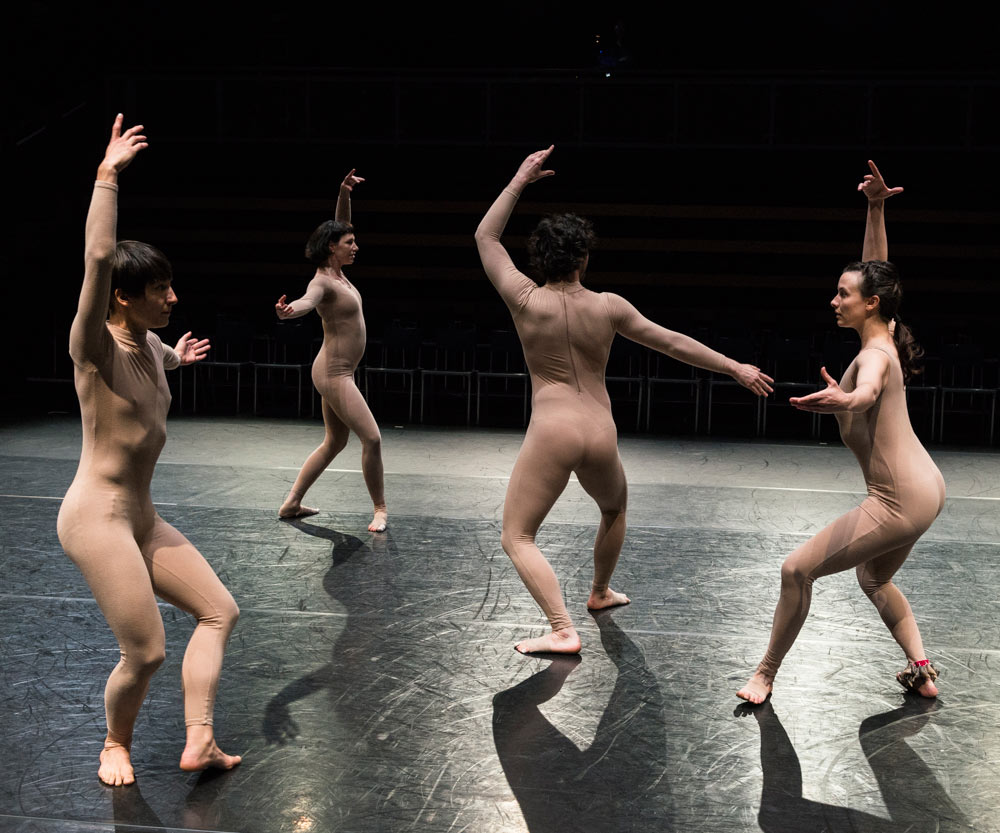
© Foteini Christofilopoulou. (Click image for larger version)
The hour-long piece features four dancers, including Eliceche herself, and takes place in a single act, with the audience positioned on all sides of the stage. Several distinct sections emerge over the course of it, including a ‘weaving’ portion, in which all four dancers perform variations of the same six-count phrase, navigating a complex tangle of formations; and a self-professed “weird orgy dance” of slow-moving contact improvisation on the floor. Across the work are elements of ballet, early 20th-century modern dance and postmodern dance, as well as nods to social and folk dance, like waltzes and sambas.
It’s a rich combination of genres, particularly in the ‘weaving’ section, which fuses classical chassés and pliés with traces of Cunningham technique like quick pivots and frequent changes of direction. Here the dancers appeared more in dialogue than at any other point – crucial, given the demanding geometry of the various arrangements, positions and tempos. A so-called ‘leak’ into the audience – an improvisational section in which the performers danced amid us – also proved a strong point, particularly when an empty chair became a temporary plinth for a precarious, exquisitely sculpted two-dancer pose.
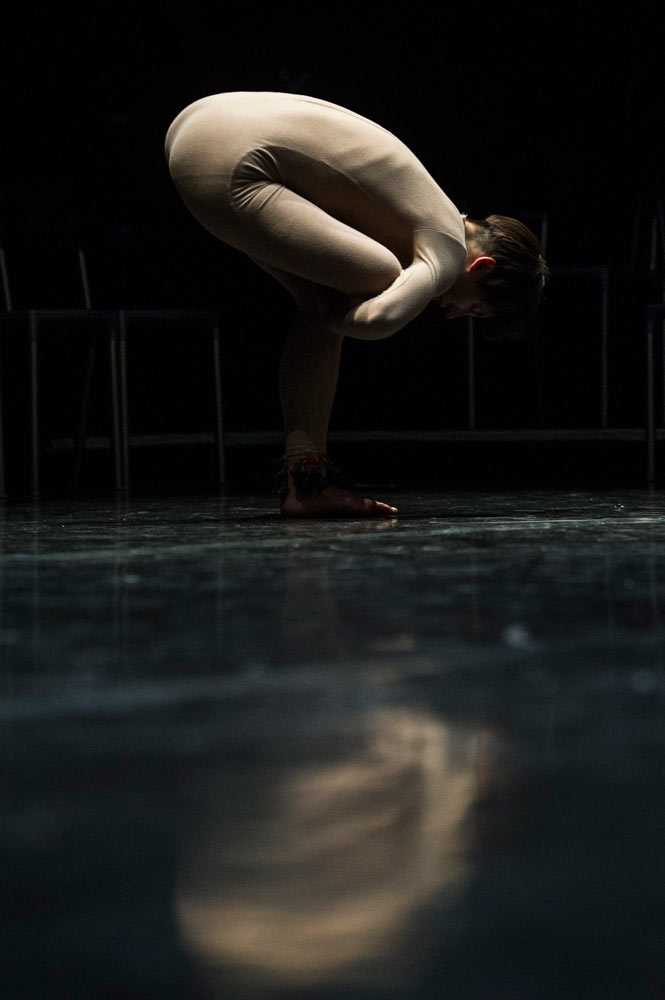
© Foteini Christofilopoulou. (Click image for larger version)
I was less enamoured with the improvisational floor-surfing, which was stilted and produced more awkward positions than compelling ones. And I wasn’t fully convinced by the work’s theoretical angle. Unison considers many worthy points, including the notion that unison choreography can subconsciously inspire competition among dancers (as audiences tend to perceive individual deviations as failures of sorts), but most of the piece’s messaging isn’t readily apparent in its presentation. Rather, it’s fed to us through a long, dense accompanying text that declares Eliceche’s intentions and explains in great detail the many ways the work achieves them. I’m all for signposting in abstract dance, but programme notes should be supplementary, not required reading, even in productions that, like this one, are designed more as academic exercises than visual spectacles.
My ultimate takeaway? Unison is brimming with interesting ideas, both conceptual and choreographic. The latter need to better articulate the former, though.












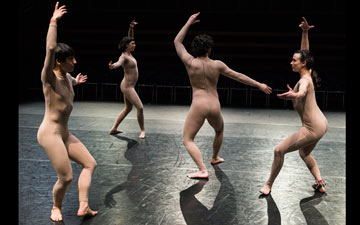

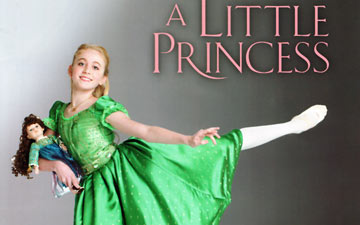
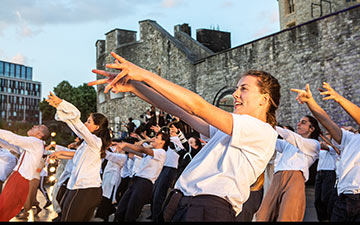

You must be logged in to post a comment.